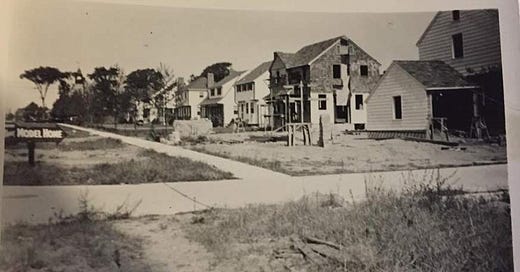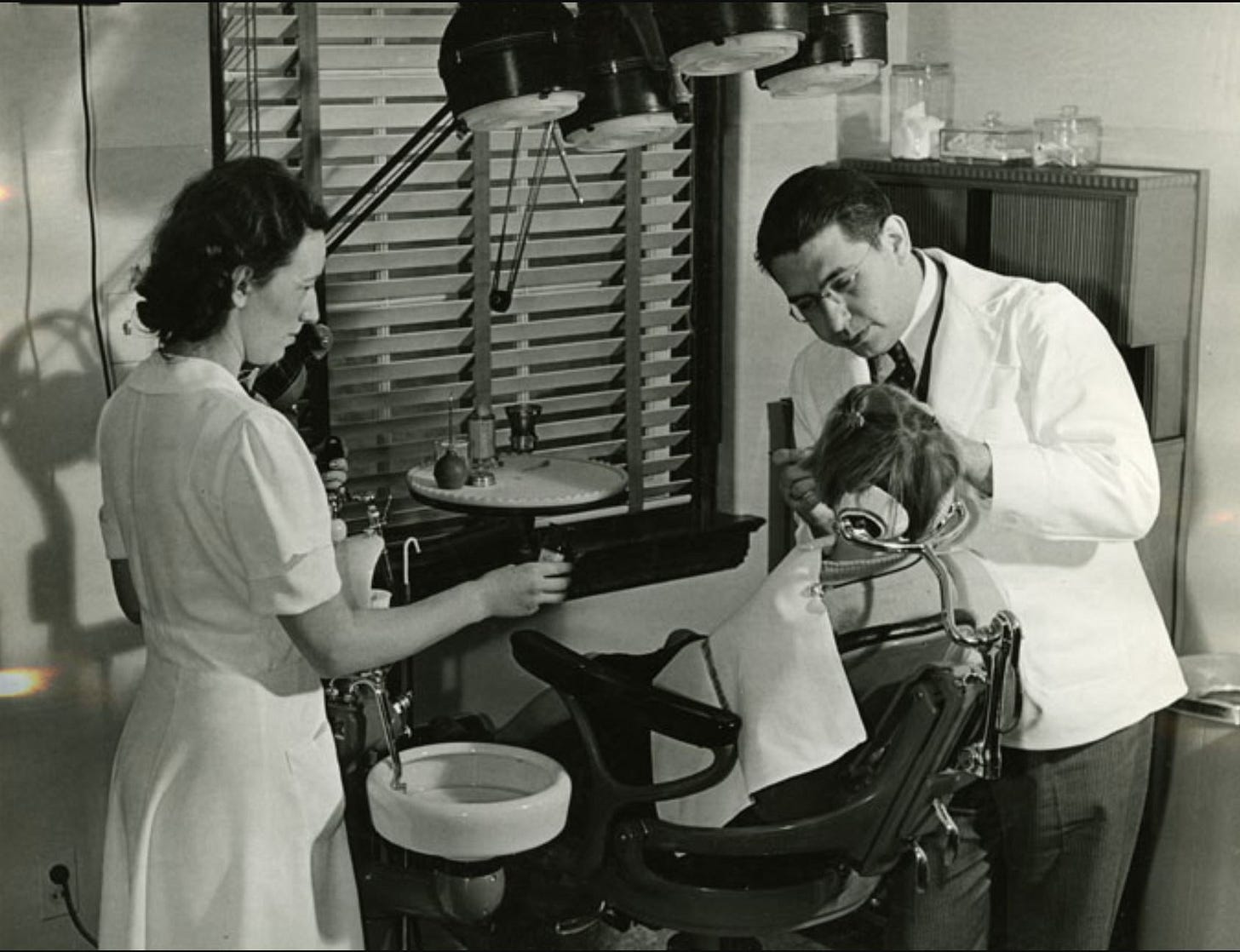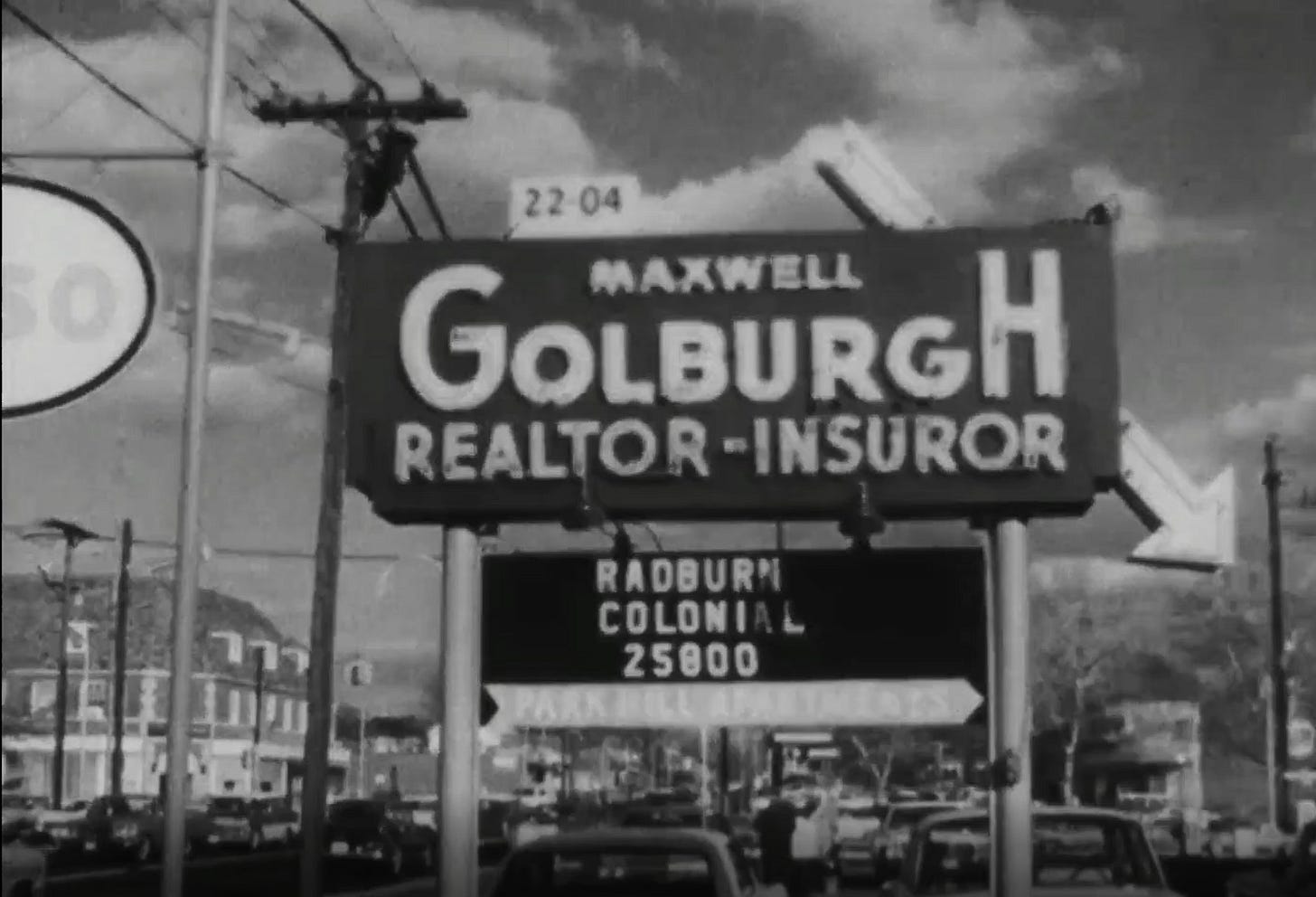Here’s the conventional wisdom: At least until World War II, Radburn excluded all Jews. In its earliest days, the story goes, Jews were turned away as home buyers; and even in later years real estate agents told any Jew who expressed an interest in Radburn, “You’d be more comfortable somewhere else.’’
But interviews with some of Radburn’s founders and settlers, tape-recorded a half century ago, point to a different story: Some of the earliest residents were Jewish, and discrimination may have had more to with class than religion or ethnicity.
Certainly, early Radburn did not welcome all comers. African Americans, for example, were systematically excluded (as they were at the time from almost every middle-class suburb). This policy was unwritten but applied consistently by the community’s management and sales staff.
The policy toward Jews was different, judging from residential records from 1929-1973 compiled by Afina Broekman.
The family of Robert Cohen, an accountant, were the first residents of 5 Aberdeen Place in 1930, a year after Radburn was founded. Around the same time, the family of Abraham Platt, a stockbroker, became the first residents of 22A Townley Road. (A few years later the Platts moved to 10 Ashburn Place.)
William Elbow and his wife (a Christian) moved to Radburn from Paterson, where was a department store manager; he’d been told Ridgewood was unwelcoming to Jews. They were the first residents of 3 Audubon Place. (In 1942, he was elected president of the Radburn Board of Trustees.)
Dr. Maurice M. Pine
The family of Dr. Maurice M. Pine, a dentist and civic leader who later helped found the Fair Lawn Public Library, moved into an apartment in Radburn’s Abbott Court complex in 1933. They moved to houses on Townley Place and Burnham Place later in the decade.
Maxwell Golburgh was a salesman for the City Housing Corp., the company that built Radburn and sold homes here until it went bankrupt in 1934. Golburgh himself bought a home on Owen Avenue in 1948.
And it may be relevant to note that the president of City Housing, Alexander Bing, and its co-architect/planner, Clarence Stein, were both Jewish. (Their families were members of the Ethical Culture Society, an off-shoot of Reform Judiasm.)
Yet some Jews were discriminated against, according to taped interviews with several non-Jewish residents. (The tapes sat in obscurity for decades at the Radburn Association’s offices in The Grange building.)
Here’s Karl Duerr of 10 Burnham Place, who’d been a trustee, in 1978: “In the early days, City Housing discriminated. If you were Jewish, you didn’t have much chance of getting in here. You had to fill out a questionnaire to come in: What faith you were; where you were born; where were your parents born. … They really had the lowdown on you.’’ That stopped, he said, after City Housing went bust.
Lloyd Kerr, a former board president, said that “Mr. (Max) Golburgh was Jewish; he wouldn’t rent to Jewish people.’’ But Kerr, who was a client and an admirer of Golburgh, said the agent had a motive: “He was trying to keep boorish people away. (It) had nothing to do with religion. He was being selective.’’
(Jane Lyle Diepeveen, a Radburn resident and local historian, wrote in 2010 that Goldburgh told her he’d “made it a point” to sell homes to two Jewish families.)
By the late 1940s, housing discrimination against Jews began to fade. Burgeoning home construction in the borough created a more dynamic and open market (albeit one still virtually closed to Blacks). By 1972, Rabbi Simon Glustrom of the Fair Lawn Jewish Center would tell The New York Times that “Jews are not unwelcome in Radburn today... I do not hear of any feelings of rejection, implicit or explicit.’’
Within a few decades, at least a third of Radburn residents would be Jewish.
A manager from another region and another time
The man with the most say about who could move into early Radburn was its first manager, John O. Walker, a Virginian born two decades after the end of the Civil War.
in a 1969, he confirmed that prospective residents had to fill out a questionnaire and be interviewed: “Before we made the final deal, we compared them to the people here – and we tried to figure out as to whether they could get along together. And if we decided they couldn’t do it, we turned them down.’’
He continued: “Take for example, Bob Cohen, first Jew that bought a place here. … Any other Jews that came around to apply, we compared them to Bob Cohen, and figured that if they couldn’t get along with Bob Cohen, they couldn’t get along with anybody. So out they went.’’
Cohen was a professional, like most of his neighbors. But a Jewish factory worker with an eighth-grade education probably was not welcome.
Major Walker professed to have no bias against Jews.
He was the Platts’ next door neighbor on Ashburn Place. One fall, Walker was in the Meyer Brothers department store in Paterson when he noticed a selection of greeting cards, including some for Rosh Hashanah. Walker had never even heard of the Jewish holidays, let alone cards for them.
“And I thought it would be a very nice thing to give Abe Platt a Jewish New Year’s card, which I did. And he was very appreciative and surprised to get it, and said it was the only time he’d gotten a Jewish New Year’s card from a gentile.’’
And for the next 40-odd years, even after Platt retired and moved to Arizona, he always got a Rosh Hashanah card from his old neighbor.






Thx for this Gerald. Your sstory reminds me of a similar one told by folks who lived directly across Radburn Rd -- outside the RA -- who were Jewish and told in the '50s they'd be more comfortable outside the association. I wonder if discrimination actually increased for a time after the war, as more Jews moved into Fair Lawn?
The Fair Lawn centennial is coming up, and i'll be sure to keep your father in mind. -- Rick
In the 1950s and 60s, Boy Scout Troop 53 was all Radburn boys and there were no Jews. But Radburn School was half Jewish kids who lived on Alden, Greenwood Dr and other street north.